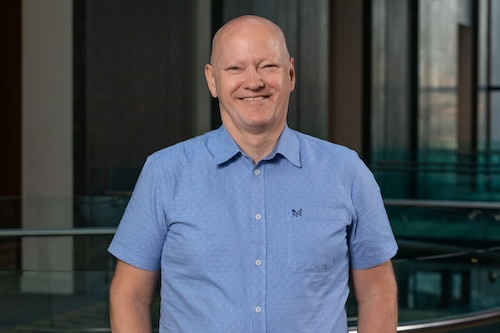
Xeinadin Preston Office
Ground Floor
Citygate
Longridge Road
Preston
PR2 5BQ
At Xeinadin, we understand that every penny counts. That’s why our team of dedicated professionals is committed to providing tailored solutions to meet your financial needs. Whether you’re a small business owner, an individual taxpayer, or a large corporation, we’re here to help you succeed.
Located in the heart of Preston, our office serves as a hub for innovative financial strategies and expert advice. From tax planning and compliance to bookkeeping and payroll services, we offer comprehensive support to ensure your financial affairs are in order.
But we’re more than just number crunchers. At Xeinadin, we believe in building strong relationships with our clients and getting to know your unique circumstances and goals so we can provide personalised guidance every step of the way.
So whether you’re looking to optimise your tax strategy, streamline your accounting processes, or plan for a financially secure future, Xeinadin is here to support you.
Book a free, no-obligation chat with our experts where we find out a bit more about your business, explain our services, and how we could work with you.
With these cookies, we and third parties can collect information about you and your internet behaviour, both within and outside our website. Based on this, we and third parties adjust the website, our communication, and advertisements to your interests and profile. You can read more information in our cookie statement.
If you opt for acceptance, we will place all cookies. If you opt for rejection, we will only place functional and analytical cookies. You can adjust your preferences at a later time.
With these cookies, we and third parties can collect information about you and your internet behaviour, both within and outside our website. Based on this, we and third parties adjust the website, our communication, and advertisements to your interests and profile. You can read more information in our cookie statement.
Functional cookies are essential for the proper functioning of our website. They allow us to enable basic functions such as page navigation and access to secure areas. These cookies do not collect personal information and cannot be disabled.
Analytical cookies help us gain insight into how visitors use our website. We collect anonymised data about page interactions and navigation, enabling us to continuously improve our site.
Marketing cookies are used to track visitors when they visit different websites. The goal is to display relevant advertisements to the individual user. By allowing these cookies, you help us show you relevant content and offers.